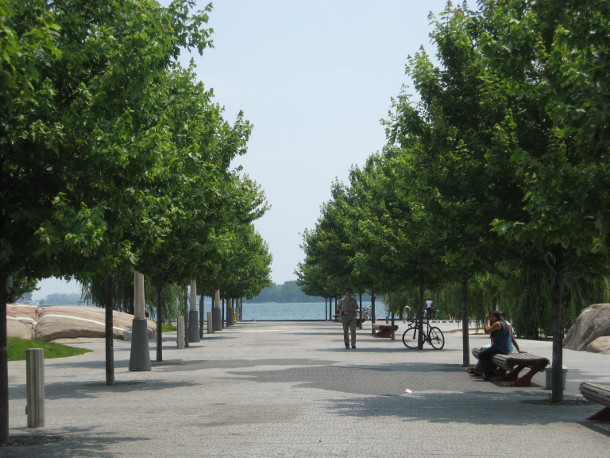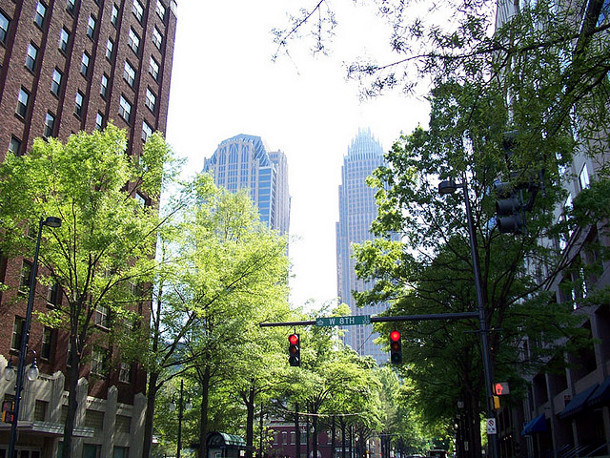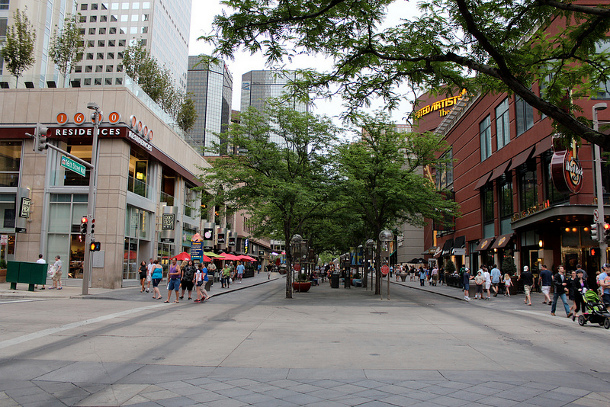A few weeks ago, non-profit American Forests released their list of the 10 Best Cities for Urban Forests. Many deserving cities made the list, but to me it seemed like something important was missing from the judging criteria.
The list included Austin, Charlotte, Denver, Milwaukee, Minneapolis, New York, Portland, Sacramento, Seattle, and Washington, D.C. These cities were chosen based on the following six criteria:
– Civic engagement in mainlining the urban forest;
– Urban forest strategies and city greening to address city infrastructure challenges;
– Accessibility of urban forest and greenspaces to the public;
– Overall health and condition of the city’s urban forest;
– Document knowledge about its urban forests; and
– Urban forest management plans and management activities
The project was funded by the U.S. Forest Service, and American Forests worked with a panel of urban forest experts to identify the above criteria. They then determined which cities were “the best” by looking at independent data as well as survey responses about urban forest practices gathered by American Forests, and evaluating how they measured up.
 Toronto, ON has a soil volume minimum of 30 cubic meters per street tree
Toronto, ON has a soil volume minimum of 30 cubic meters per street tree
It’s not that I don’t think the six criteria they chose are important when judging the best cities for urban forests – they are critical pieces of the long-term success of any urban forest. Nor is it that I think the selected cities aren’t deserving of accolades, because they certainly are. But I do think that American Forests and their panelists overlooked one of the most forward-thinking policies that cities can be evaluated on as far as planning for successful urban trees: mandating minimum soil volumes for street trees. This could have been lumped in to criteria #2 (“Urban forest strategies and city greening to address city infrastructure challenges”), but I couldn’t find anything specific about soil volume minimums in their description of the process or the strategies they identified in each city. Civic engagement is incredibly important, and citizens do so much to care for their city trees. But even dedicated citizens can’t be a substitute for adequate amounts of soil.
Two of the cities on the American Forests list, Denver and Charlotte, are actually in jurisdictions that have such minimums, but they weren’t mentioned in the two-page summary the shares the details of what makes these ten cities the best of the best. In Denver, the city’s “Street Tree Plan Review Checklist” sets a soil volume minimum of 750 cubic feet of soil per tree and states that, “5’ x 5’ pit areas shall no longer be accepted, must use trenches, root paths, break out zones, structural cells, or other un-compacted soil technology.” And in Mecklenburg County, where Charlotte is located, planners amended the planting area requirements and recommendations for commercial development to increase the absolute minimum soil volume and planting area to 274 square feet per tree. The minimum width of the planting area is 8’ at the trunk of the tree.
 Street trees in Charlotte, NC. Flickr credit: Willamor media
Street trees in Charlotte, NC. Flickr credit: Willamor media
Denver’s and Mecklenburg County’s policies aren’t perfect, but they’re important. They demonstrate that these municipalities are willing to see trees as a form of infrastructure that needs to be planned and provided for like anything else. Even though those cities with soil volume minimums still don’t mandate as much soils as research indicates trees need, they allow that trees need to be properly planned and provided for. I think this is fundamental to all other enhancements to our urban forests.
I admire the work that American Forests does (I also really like their blog, Loose Leaf), and they had fantastic people on the judging panel to help make their final selections. But failing to dig deeper in to the green infrastructure policies of the cities they evaluated was an oversight. I left a comment on the blog post announcing their Top 10 selections asking whether they specifically considered soil volume minimums when making their choices. I also reached out to them to ask the same thing on Twitter, but have not received a reply from either.
I imagine that American Forests hopes their list will be useful to other cities and towns, to serve as a guide and as inspiration to do a better job caring for their trees and forming ambitious urban forest policies. But I’m not sure that what they’ve created can realistically be used that way. The two page overviews of each of the ten cities that they provide are just that – overviews. If there are specific takeaways for people who are trying to make improvements to the long-term health and viability of their urban forests, I’m not sure what they are.
Top image of trees in Denver, CO. Flickr credit: tracktwentynine






I am very uncertain about the “for-profit” organization American Forests with regards to their findings and publication of the 10 best cities for urban forests. Do note that the initial peer review publication on 20 US cities and those cities ability to maintain tree canopy was published in 2012 by USDA Forest Service researchers Nowak and Greenfield.
http://www.itreetools.org/Canopy/resources/Tree_and_Impervious_Cover_change_in_US_Cities_Nowak_Greenfield.pdf
In that report it was found that NYC to be the 6th worst municipality as unable to maintain and hold on to its tree canopy for the period 2004-2009. Doesn’t sound good after PlaNYC 2030. Yet immediately thereafter American Forests published their report that attempted to counter the findings of Nowak and Greenfield and put add a greener face for NYC.
I opine that fearful of the potential bad press, the Bloomberg administration rallied its marketing experts and its $$ to ensure that his city wasn’t going to get an anti-urban tree rating by the press corp. Now who do you believe?
Hi Carsten, thanks for your comment. American Forests is a non-profit, but that doesn’t mean that they (or anyone!) are above bias. I didn’t know that Nowak and Greenfield had found New York to be one of the worst cities for trees. The truth is that the success of trees in the built environment depends upon many, many factors. We wish that soil, which is possibly the most important one, were a more prominent part of the discussion. And we’re hoping that by using this blog as a platform and by collaborating with others that we work with, that it will be.